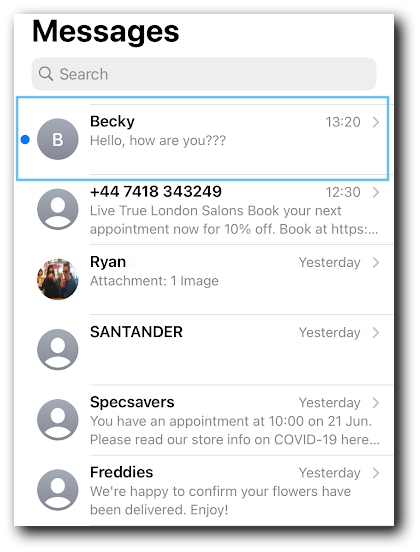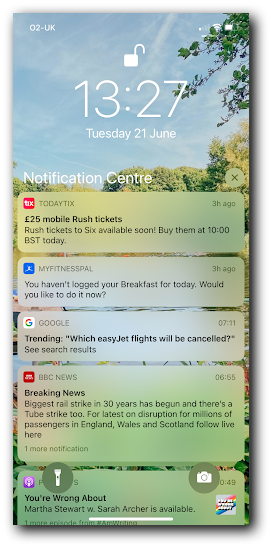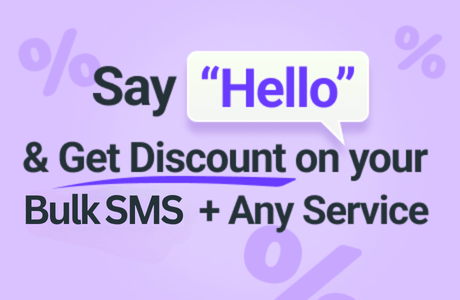You need to get your messages in front of users. What’s the best way to do this? Find out in this article about SMS notifications and push notifications.
Pus notifications vs. SMS notifications
Let’s go over what they are, when to use them, and how to choose between the two.
What are SMS notifications?
SMS notifications are notifications that are sent when you receive a text message. Basically, if you’ve ever seen your phone light up with a preview of a text message you just got, that’s an SMS notification.
SMS stands for “Short Message Service.” SMS notifications are sent the same way as any other text message. Usually, they’re limited to 160 characters.
With our expanded messaging feature, however, you can send SMS notifications that are up to 306 characters long. While SMS can be used as a marketing tool, SMS notifications can be used for time-sensitive and safety purposes also.

Why use SMS notifications?
Many businesses and organizations choose to use SMS notifications because they work on every device. There’s no app to download or software to install. Nearly all cell phones can receive SMS.
Consider the following: your friend needs to inform you about something quickly. Would you rather them send you a quick text, call you, or email you?
When to use SMS notifications
SMS notifications can be used to send emergency text alerts, inform users about new features, and send out advertising messages—among other things. Here are just a few of the most common use cases:
- Spread the word about upcoming events
- Send internal messages to employees
- Increase profits with sales and cart abandonment texts
- Inform patients about upcoming appointments
- Fundraise or find volunteers for nonprofit organizations
- Let customers know about reservation confirmations
What are push notifications?
Sometimes mistaken for SMS notifications, push notifications are pop-ups that appear on a mobile device. These messages may appear while customers are on their phones, or on the lock screen if the device isn’t in use.
The biggest difference is that push notifications come from an app or website, not as a result of a text being sent.
The maximum character count of a push notification varies from device to device, but the usual length is between 100 and 200 characters.

Why use push notifications?
The main benefit of push notifications is that users don’t need to be in a particular app or on a site in order to see them. App or website publishers can send them at any time. Plus, many people opt into push notifications when they download an app.
When to use push notifications
Push notifications can be used for many things: to ask users to take an action, let them know about new updates, and send them promotions. The most compelling reason to use push notifications is to make sure users don’t forget about your brand.
You can also simply encourage customers to return to your site or app to see new content or product drops or restock on products.
4 key differences between push notifications and SMS notifications
A push notification is a notification itself that can come from any app and most websites and will appear on your phone’s lock screen. It is quite literally ‘pushing’ you to open your phone and read the notification.
SMS notifications, meanwhile, are specific to your native messaging app. An SMS notification appears on your lock screen, usually with an opening snippet of the text message you’ve received.
Push notifications and SMS notifications can be used for similar purposes. However, the platforms used to send them are vastly different.
When deciding between the two, here are three points to consider:
1. SMS notifications don’t require apps or websites
If your business offers a mobile app or hosts a website, you may want to send out push notifications. If you don’t, SMS notifications are perfect for you.
To add push notifications to a web app, you must have a basic understanding of HTML, CSS, and JavaScript. SMS notifications, on the other hand, can be sent without any coding experience. You can send your first message in just minutes.
2. Push notifications require just one tap
When sending a text, the idea is to have customers read and respond to the message.
Push notifications take some of the effort off your customers’ plates by encouraging them to just tap the notification to head to your app or landing page.
3. Customers can reply to SMS notifications
Push notifications are convenient for one-way communication. If you need to provide customer service or want your users to be able to reply with questions or requests, you should probably use SMS notifications.
4. Push notifications are cost-effective
While you’ll need an SMS marketing service to set up SMS notifications, push notifications simply require some coding to get started.
Try our SMS notification service for free
It’s easy to add SMS notifications to your brand. Our platform was designed from the ground up to be as simple to use as possible.
Sign up for free to see how texts can benefit your business. With our SMS API, you can plug your website or app directly into our platform.
